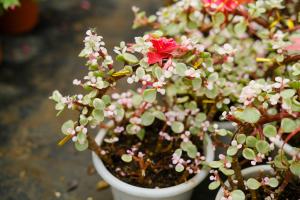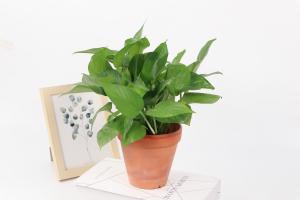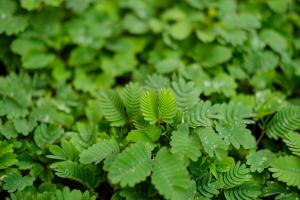1、 Basin soil attention
If it is domesticated, the most common white plastic flowerpot can be used. If it is cultured for the first time, you can choose a muddy basin that will not make mistakes, so that you can prevent root rot when you water too much. Don't plant with soil in the basin casually. If you want to grow faster in the future, you need to mix the soil according to a certain proportion. Prepare it according to the size of the basin. The formula is as follows: about two parts of peat soil, one part of rotten leaf soil, one part of river sand and a little rotten cake fertilizer, which can be mixed
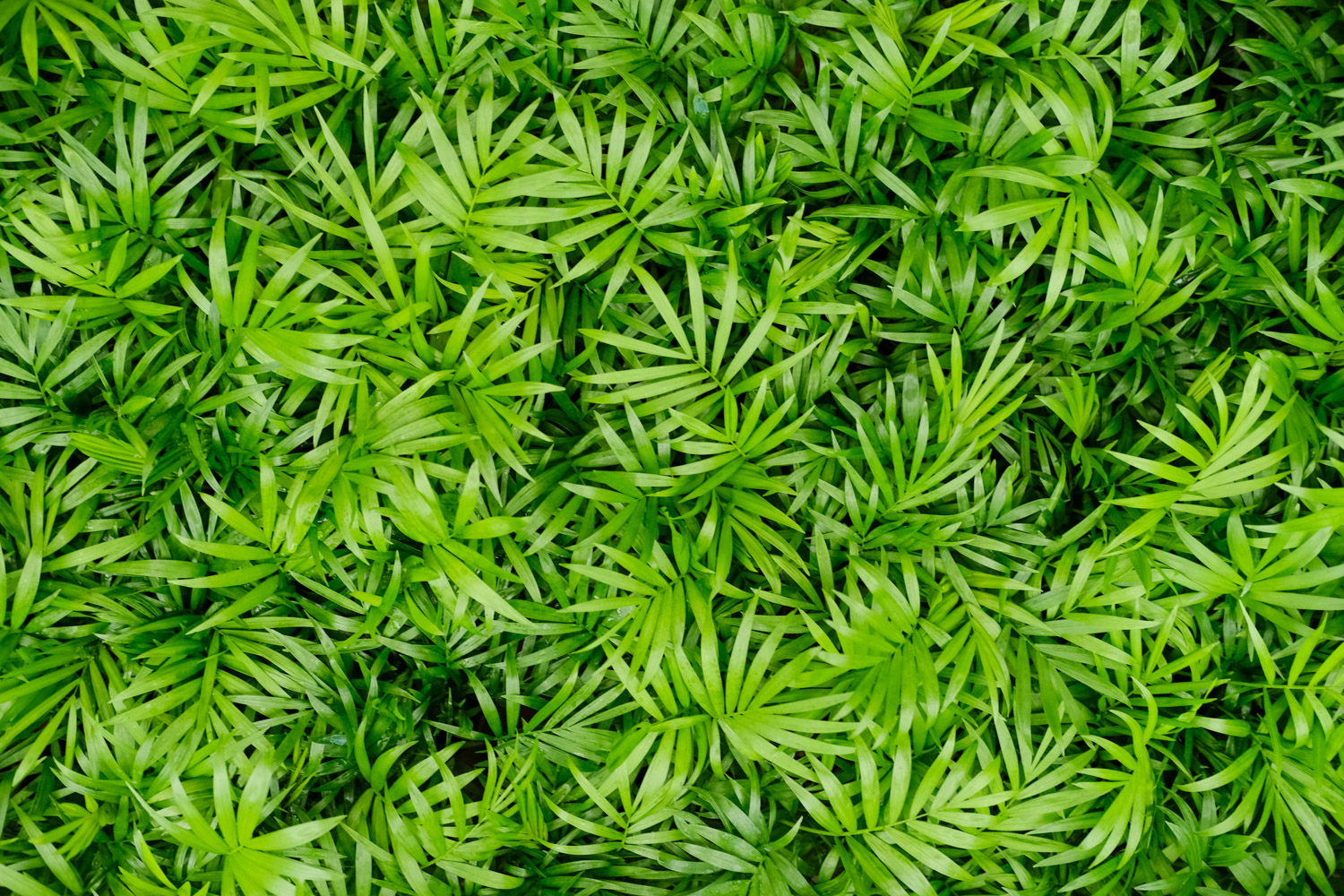
2、 Light control
In fact, pocket coconut doesn't like places with plenty of sunshine. It likes to grow in cool places, so it is very suitable for indoor breeding. Therefore, when breeding pocket coconut, don't put it on the balcony in direct sunlight, which will lead to the dry leaves and slow growth of pocket coconut. However, it should also be noted that it should not be placed in a dark and humid place, otherwise it is easy to cause leaf weakening, root rot and death. There can be light, but not too strong, so as to make the pocket coconut grow faster
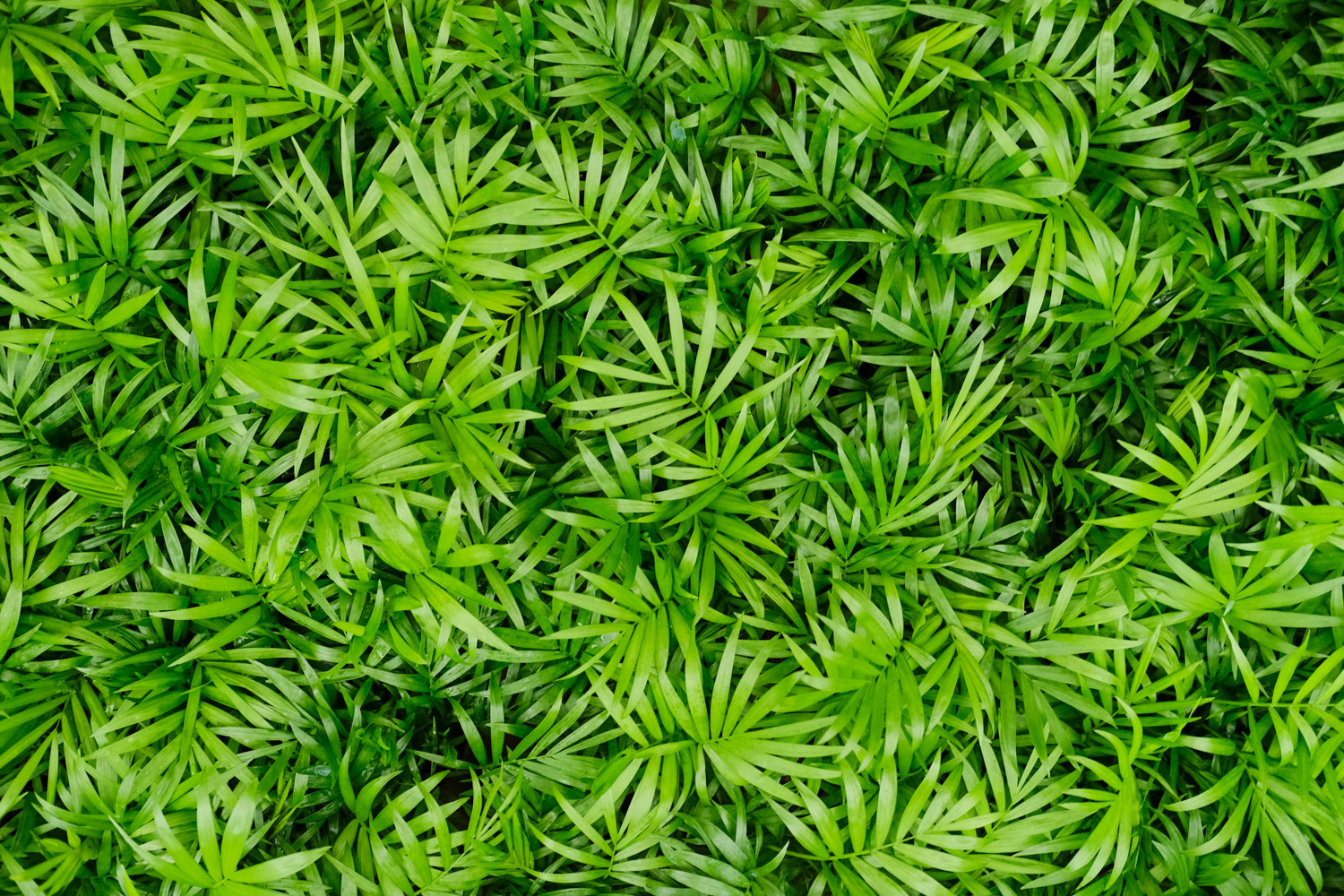
3、 Temperature control
Although it likes shade, it is also necessary to control the temperature. Pocket coconut likes warm places like coconut trees, so the best growth temperature is 20 to 30 degrees Celsius. If the indoor temperature is not more than 33 degrees Celsius in summer, it is best to control it at about 15 degrees Celsius in winter, and it must not be less than 10 degrees Celsius

4、 Water and fertilizer control
The root water absorption capacity of pocket coconut is still relatively strong, so it is necessary to ensure that the cultivation soil is wet and easy to dry in summer, so remember to water frequently, or spray more water on the leaves and rhizomes to ensure the humidity of the growth environment, but do not let water accumulate in the basin, otherwise it is easy to cause root rot. The management of pocket coconut fertilizer is relatively simple. Generally, the fertilizer can be applied twice a year

 how many times do yo...
how many times do yo... how many planted tre...
how many planted tre... how many pine trees ...
how many pine trees ... how many pecan trees...
how many pecan trees... how many plants comp...
how many plants comp... how many plants can ...
how many plants can ... how many plants and ...
how many plants and ... how many pepper plan...
how many pepper plan...
